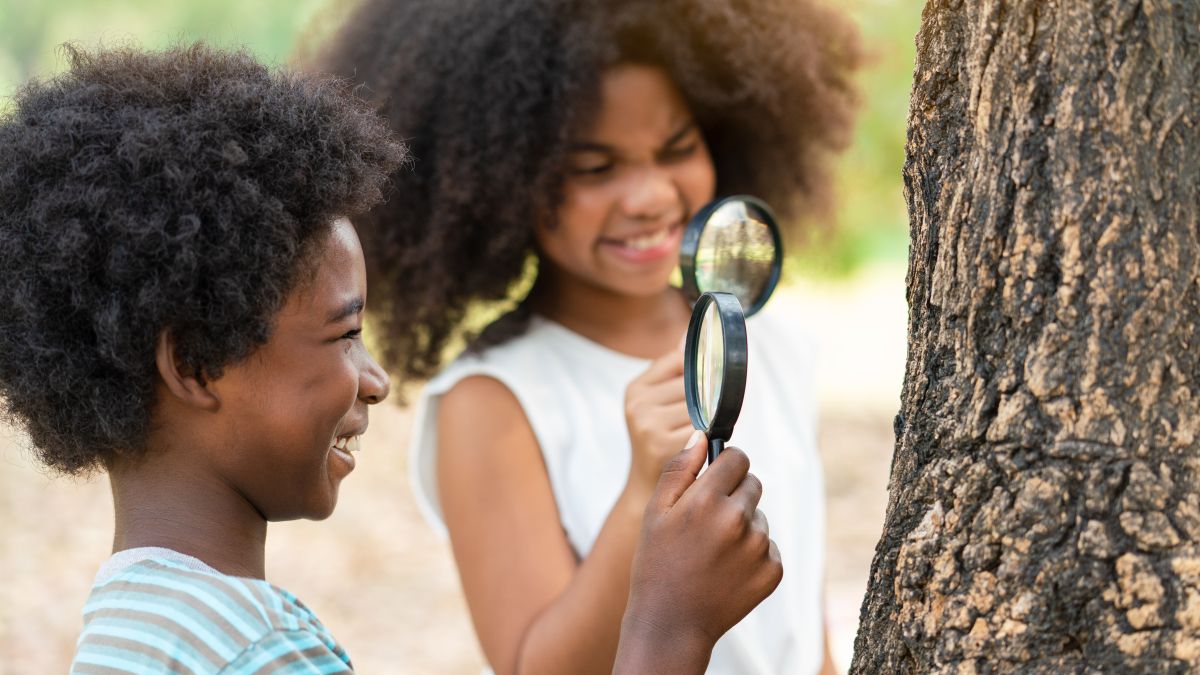
Now that information has been collected and analyzed, it is time to consider all the ways to communicate and share what was learned. In eeVAL, we intentionally choose to elevate the term “sharing” rather than “reporting.” This shift from reporting to sharing can aid us considering the full spectrum of possibilities for expressing evaluation lessons.
Sharing lessons learned requires creativity and a commitment to transparency, accessibility, relevance, and effort to tell a nuanced story. It is helpful to co-create with program participants and partners to identify relevant formats that honor the cultures, histories, and traditions of your audiences. The communities and participants served by a program are important audiences. Sharing lessons learned with them is an important form of acknowledgment, reciprocity, accountability, and relationship-building.
You might also consider ways in which individuals outside your immediate organization and networks can benefit from learning about your evaluation processes, stories, and impacts. Contributing your individual evaluations to the collective wisdom and efforts will benefit and strengthen environmental education for all.
eeVAL Tips for communicating and sharing findings
E1. Plan Ahead to Honor a Co-creation Process
Co-creating with partners may take longer than you think! Organize conversations with partners, participants, and those who contributed to the evaluation process. Conversation may include discussions of lessons learned and consider appropriate formats for sharing those lessons.
E2. Design for Multiple Audiences
Different audiences may need different approaches when it comes to sharing findings. For example, the needs of a community partner may be different than the needs of a funder. Carefully consider the interests, backgrounds, and expectations of your audiences.
E3. Explore Different Formats
There are many ways to share information and communicate with your audiences. Consider the five forms of communication when deciding how to share out to various audiences: visual (images using videos or infographics), linguistic (written and spoken words in many languages, using community meeting presentations, blog posts, and written reports), spatial (physical positioning and arrangement in space, such as a gallery walk or exhibit), aural (sound and music, such as a theme song), and gestural (movement, expression, or body language, such as an expressive performance).
E4. Share Lessons Widely
Share lessons with a wide range of program and community partners, including program participants and communities of practice dedicated to collective evaluation. Internal and external program partners can help act on the findings and provide insights for continuous program improvement.
Key Resources
Consult these resources that support communicating and sharing information:
- Communities Creating Healthy Environments’ Language Justice Toolkit: Multilingual Strategies for Community Organizing.
- Centers for Disease Control and Prevention’s How to Develop Products for Adults with Intellectual Developmental Disabilities and Extreme Low Literacy: A product development tool.
- The Urban Institute’s Data Walks: An innovative way to share data with communities (2015).
- The W.K. Kellogg Foundation’s Practice Guide Series on Doing Evaluation in Service of Racial Equity: A Tool Kit for Practitioners (2024). See Considering Language Justice in Equity Centered Evaluation Practice, pp. 88-91.
Image

Explore the Values
We encourage you to investigate how each value is incorporated into the evaluation process.
Image

Explore the Evaluation Process
Explore other elements of evaluation to drive excellence in your environmental education program design, build stronger and more equitable relationships, contribute to meaningful experiences, and yield equitable outcomes.